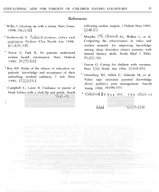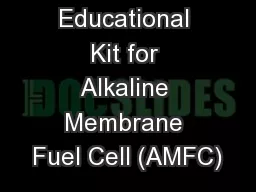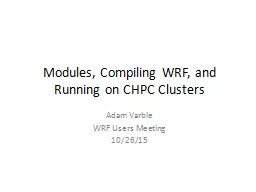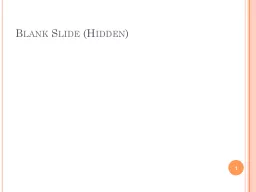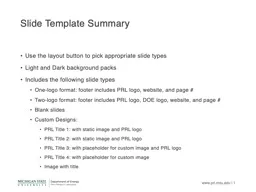PPT-EDUCATIONAL SLIDE MODULES
Author : dsuser1 | Published Date : 2020-08-28
Module D Evaluating CV safety and potential for CV risk reduction with newer T2D agents ACROSS T2D educational slide modules 2 3 Ongoing CVOTs DPP4 inhibitors GLP1
Presentation Embed Code
Download Presentation
Download Presentation The PPT/PDF document "EDUCATIONAL SLIDE MODULES" is the property of its rightful owner. Permission is granted to download and print the materials on this website for personal, non-commercial use only, and to display it on your personal computer provided you do not modify the materials and that you retain all copyright notices contained in the materials. By downloading content from our website, you accept the terms of this agreement.
EDUCATIONAL SLIDE MODULES: Transcript
Download Rules Of Document
"EDUCATIONAL SLIDE MODULES"The content belongs to its owner. You may download and print it for personal use, without modification, and keep all copyright notices. By downloading, you agree to these terms.
Related Documents


